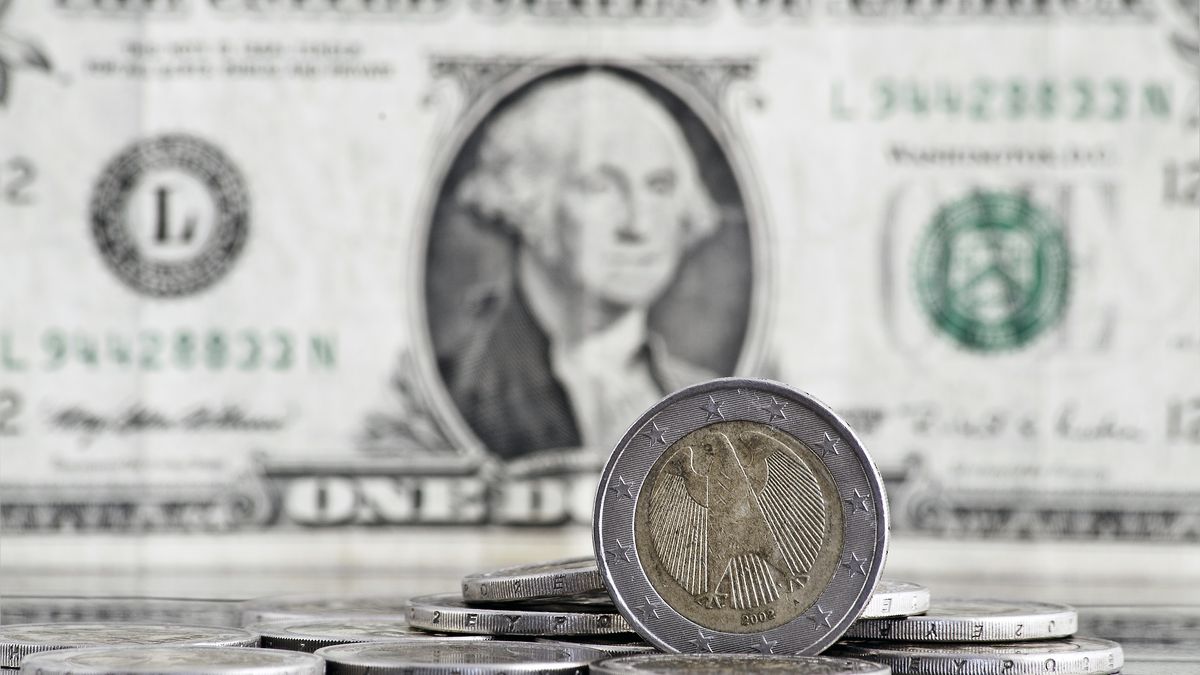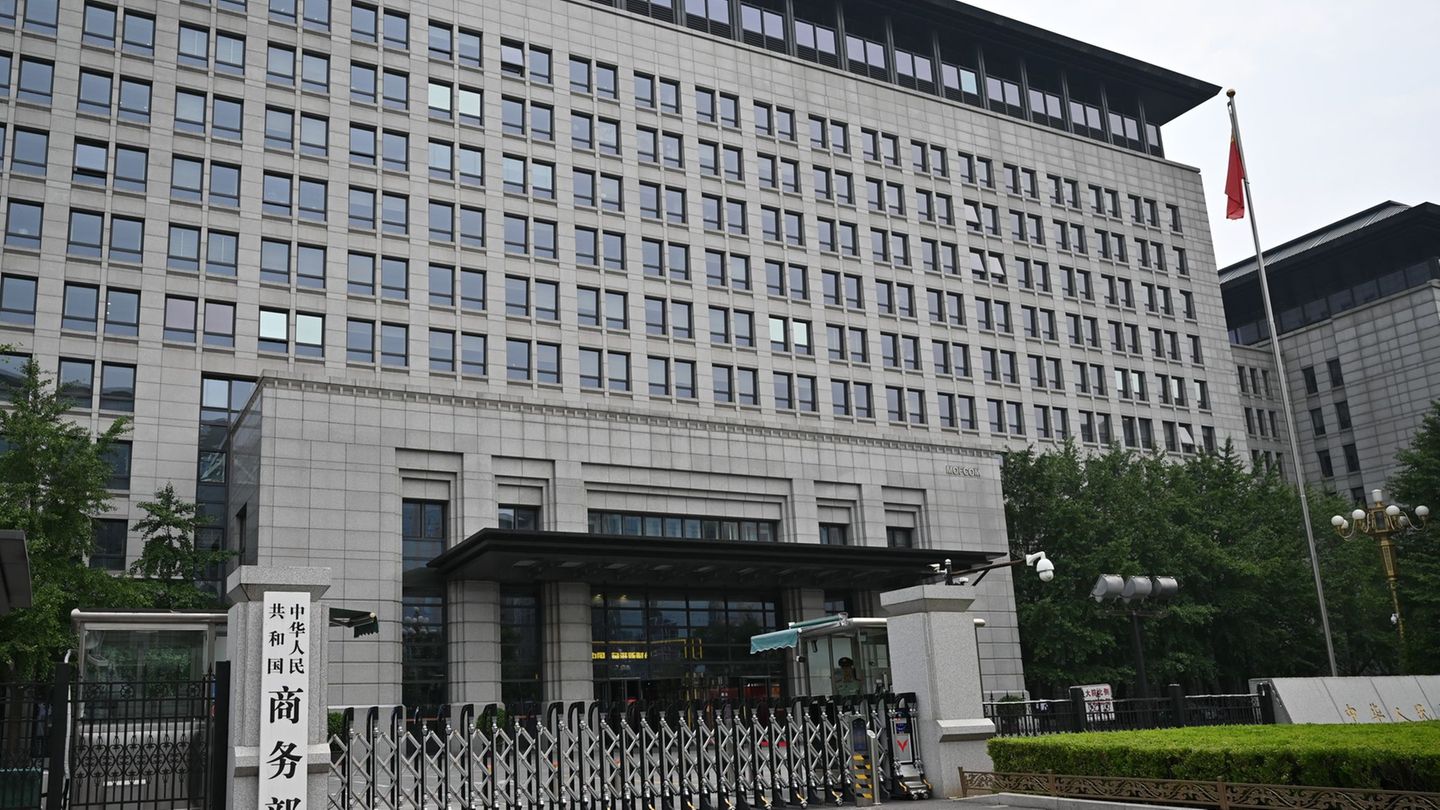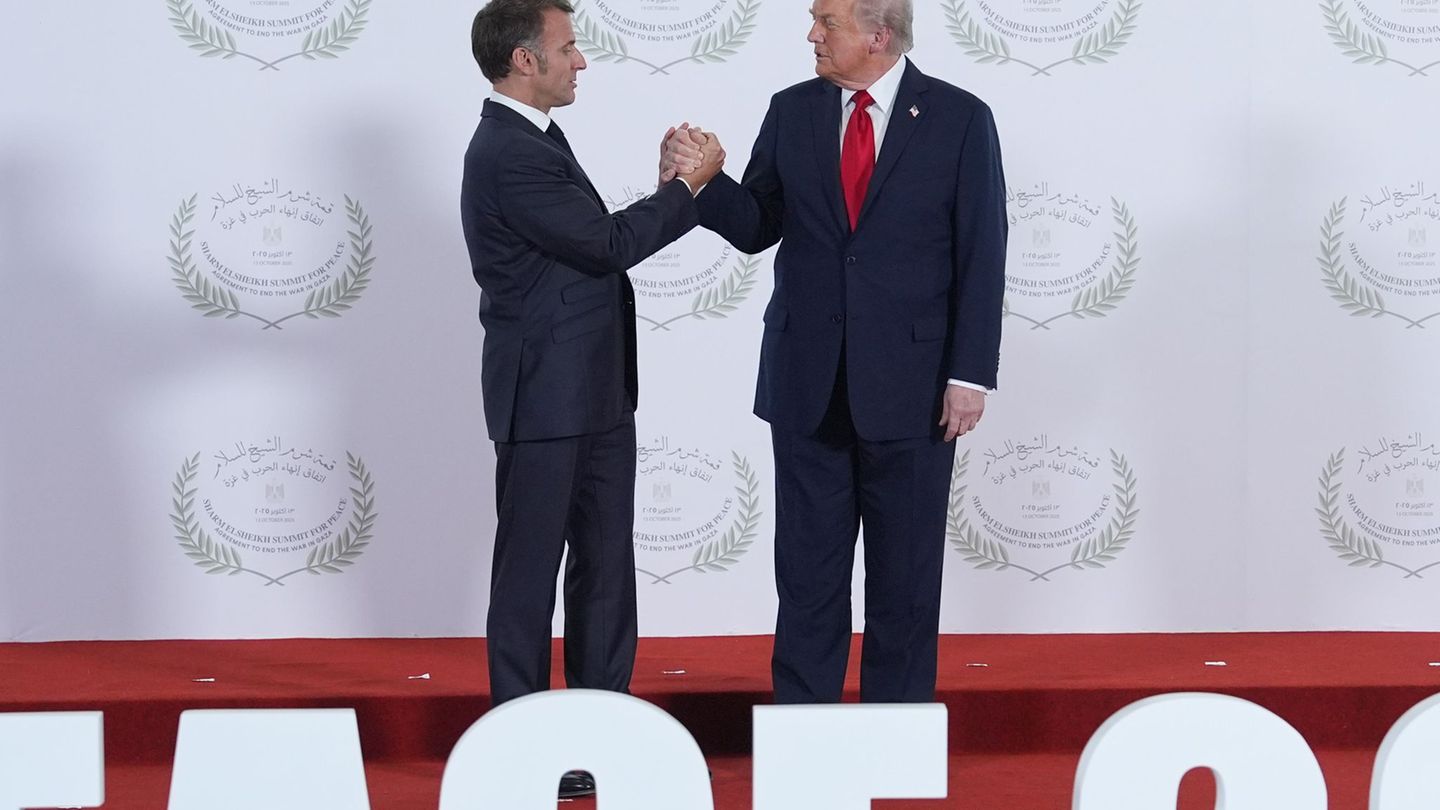He global dollar fails to rebound after the impact of the boost of agents’ expectations regarding possible interest rate cuts by the United States Federal Reserve (Fed)closing with a weekly decrease of 0.78%.
He dollar rose slightly in the early hours of Friday after the cold blankets placed by the Fed on the anxious expectations of investors for a possible relaxation of the contractionary monetary policy of the Central Bank that maintains rates at their maximum historical range, but ended with a slight decrease.
In that sense, the dollar index —which compares the price of the greenback with a basket of six other currencies of international relevance— fell 0.04% and reached 104.44 units, a weekly downward balance from “end to end.”
This is because speculation still continues in the market about when the Fed will reduce interest rates, amid signs of cooling of the inflation and a weakening of the US economy. In this regard, Wednesday’s data showed that consumer prices They rose more slowly than expected in April, boosting bets by traders who expect rate cuts of 46 basis points by the end of the year.
Still, several policymakers have taken it upon themselves to temper expectations and have given few clues about when rates might drop. Consequently, the declines in the price of dollar were limited.
Although consumer prices rose less than expected in April, sparking a surge of appetite for risk assets in equity markets, several policymakers Fed They were cautious about when rates might drop, limiting the dollar’s decline this week.
Futures markets reduced prospects for rate cuts in USA, with less than 45 basis points of cut for December, compared to almost 50 on Wednesday, and a cut of 21 basis points in September, compared to almost 25 basis points.
“The market perhaps overreacted on Wednesday, and now we’re seeing that overreaction fading a little bit and inflation could accelerate again,” he said. Matt Weller, global head of research at Forex.com in Grand Rapids, Michigan.
On the other hand, the euro improved 0.06% to $1.0872 after data from inflation Consumption in the euro zone stood at 2.4% year-on-year in April, in line with a Reuters survey. Meanwhile, the pound sterling rose 0.31% to $1.2705; and the greenback gained 0.17% against the and in, to 155.64 units.
Although the markets foresee cuts in European rates Starting in June, the latest data provided some upward surprises. The German economy grew more than expected last quarter and investor morale is at its highest level in two years.
Source: Ambito




